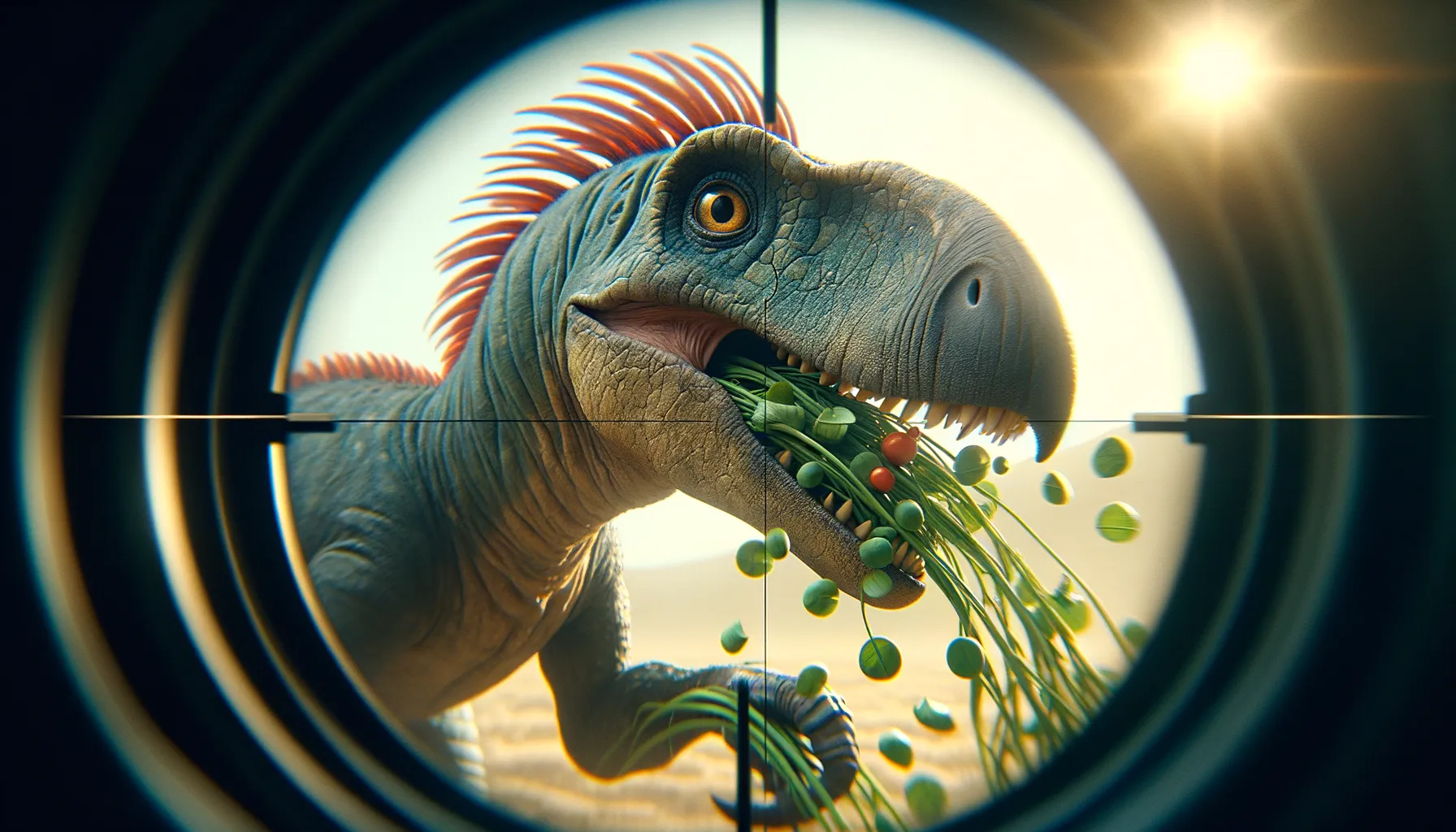
Psittacosaurus
The parrot-beaked plant muncher.
Period
Cretaceous
Length
Roughly 2 meters (6.5 feet) in length.
Height
About 0.6 meters (2 feet) tall.
Weight
Approximately 20 kg (44 lbs).
Psittacosaurus was a small, herbivorous dinosaur known for its parrot-like beak. Thriving during the Early Cretaceous period, it roamed parts of what are now Asia. Its well-adapted jaw allowed it to efficiently nip and chew plant material. As one of the most studied dinosaurs, over 400 specimens have revealed much about its life, including evidence of parental care and potential social behaviors.
Diet
Psittacosaurus primarily fed on a variety of plants, using its sharp beak to snap tree leaves and stems. It may have also consumed fruit and seeds, making the most of its low browsing height.
Hunting
Being an herbivore, Psittacosaurus did not hunt but foraged for vegetation. It was more focused on scavenging around dense forests and brush for food rather than stalking prey.
Environmental challenges
Psittacosaurus faced environmental challenges such as seasonal changes in vegetation, which would have affected its food supply. It also had to contend with predators that shared its habitat. Fossil evidence suggests frequent changes in landscape, requiring adaptability in seeking new food sources.
Speed
Moderate, capable of quick bursts over short distances.
Lifespan
Estimated to be around 10 to 20 years.
First discovery
First discovered in 1923 in Northeast Asia.
Fun Facts
- Psittacosaurus means 'parrot lizard' due to its beak-like mouth resembling that of a parrot.
- It lived around 100 to 120 million years ago during the Early Cretaceous period.
- Psittacosaurus is known for having up to nine different species within its genus, making it quite diverse.
- It was a small dinosaur, about the size of a large turkey, and could move on both two and four legs.
- Fossils of Psittacosaurus have been found in various locations including China, Mongolia, and Russia.
- Some species of Psittacosaurus had long, bristle-like tail feathers that might have been used for display.
- Psittacosaurus is one of the best-known dinosaurs, with more than 400 individual specimens discovered.
Growth and Development
Psittacosaurus showed significant growth changes as it aged, with juvenile and adult specimens displaying different proportions. Young Psittacosaurus had longer limb bones relative to body size, transitioning to a more robust form as they matured. Fossilized bone beds suggest that juveniles may have lived in groups for protection.
Habitat
Psittacosaurus inhabited semi-arid regions with varying environments ranging from woodlands to open plains. These areas provided dense vegetation to support its herbivorous diet. It likely preferred areas near water sources to maintain hydration, essential for its plant-based diet.
Interaction with other species
Psittacosaurus coexisted with a variety of other reptiles and likely had to watch out for predators that saw it as prey. While largely solitary, the discovery of fossilized juvenile groups suggests social interaction primarily among the young. It may have communicated warnings to others in the presence of threats.
Natural lifespan
Psittacosaurus had a natural lifespan around 10 to 20 years, depending on environmental conditions and predation risks.
Reproduction
Psittacosaurus likely laid eggs, as evidenced by nesting sites found near fossilized remains. It is believed that they provided some parental care after hatching, which is suggested by the proximity of adult and juvenile fossils found together. The clutch size might have varied, but it ensured the propagation of the species despite high juvenile mortality rates.
Social behaviour
While largely solitary, Psittacosaurus may have formed small social groups, particularly among juveniles. Fossil evidence indicates potential herding behavior, which would have provided protection against predators. Adult Psittacosaurus might have interacted during the mating season or when living conditions forced them into closer proximity.
Fossil locations
Psittacosaurus fossils have been predominantly found in Mongolia, China, and Siberia. These regions provide critical insights into its lifestyle and environment during the Early Cretaceous period. The abundance of well-preserved specimens has allowed for in-depth studies of its anatomy and behavior.
